In a bid to provide efficient support to disaster victims, America’s Federal Emergency Management Agency (FEMA) is currently looking to adopt blockchain technology into its operation. The National Advisory Council (NAC) published a draft proposal for the initiative on Monday, Nov. 19, detailing the advantages of the disruptive innovation.
Since blockchain provides a decentralized ledger that can’t be altered and stores data on multiple locations, this initiative will undoubtedly be a boon for struggling survivors. One of the many benefits that it can bring is to provide a storage facility for important documentation needed by people who are looking for relief assistance.
Secure data storage
As it currently stands, FEMA needs the proper paperwork from people in order to avoid fraud and ensuring that accurate aid is being delivered. But since people can potentially lose this important documentation during disasters like storms and hurricanes, the current system has a massive flaw.
Blockchain technology can eliminate this by storing this information in a decentralized network where the data is stored on multiple sites, ensuring that even if one server is compromised, backups are still in place. The draft cited Hurricane Maria and Hurricane Harvey that devastated Puerto Rico and Texas respectively. The paper also highlighted the need to create a pilot program to test the financial readiness of insurance agencies.
“The principle costs and time implications of this recommendation would be for FEMA to convene, scope, and monitor a pilot project between key stakeholders, including technology firms, academic institutions, and SLTT-level leaders who might be very interested in supporting such developments,” the paper read.
Possible avenues to explore
One of the things that FEMA could do is to create a smart contract initiative that would trigger if a certain location is hit by a disaster. The payout would depend on how big the storm was or the reported damage of an earthquake. The state and the municipal government would receive disaster funds in efficient and accurate delivery, eliminating the need for tedious paperwork that would further put more strain on an already weakened area.
Combine this with FEMA’s operation being recorded on a blockchain system where goods and relief products are being stored and recorded on a decentralized ledger and governments can ensure that every cent is being funneled towards those who are in need. Paying contractors for the rebuilding process is also another way to take advantage of the innovation as well. All in all, NCA’s draft proposal is a sound one and the government should definitely push this initiative forward.





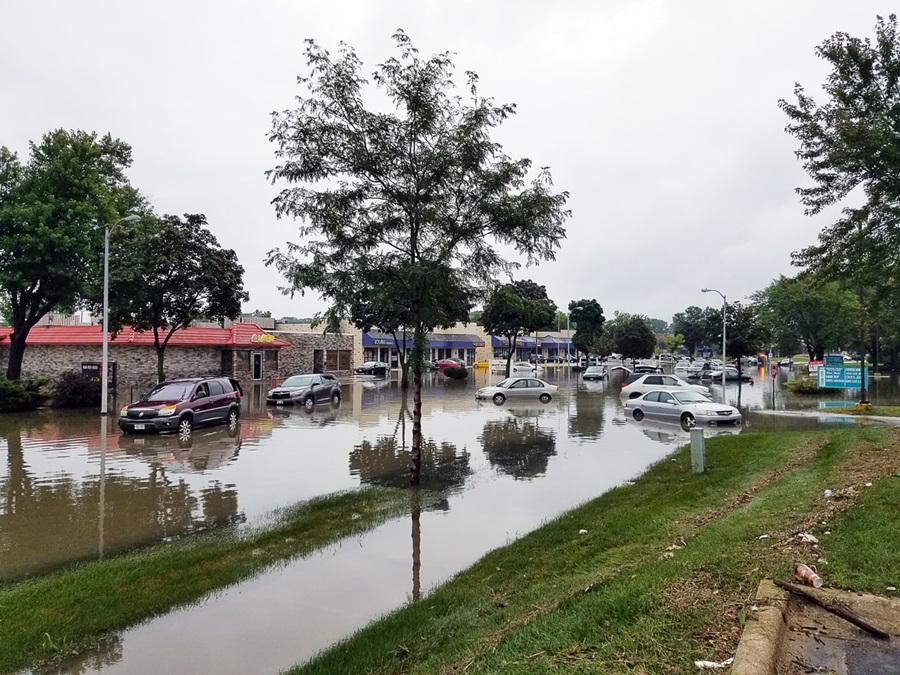



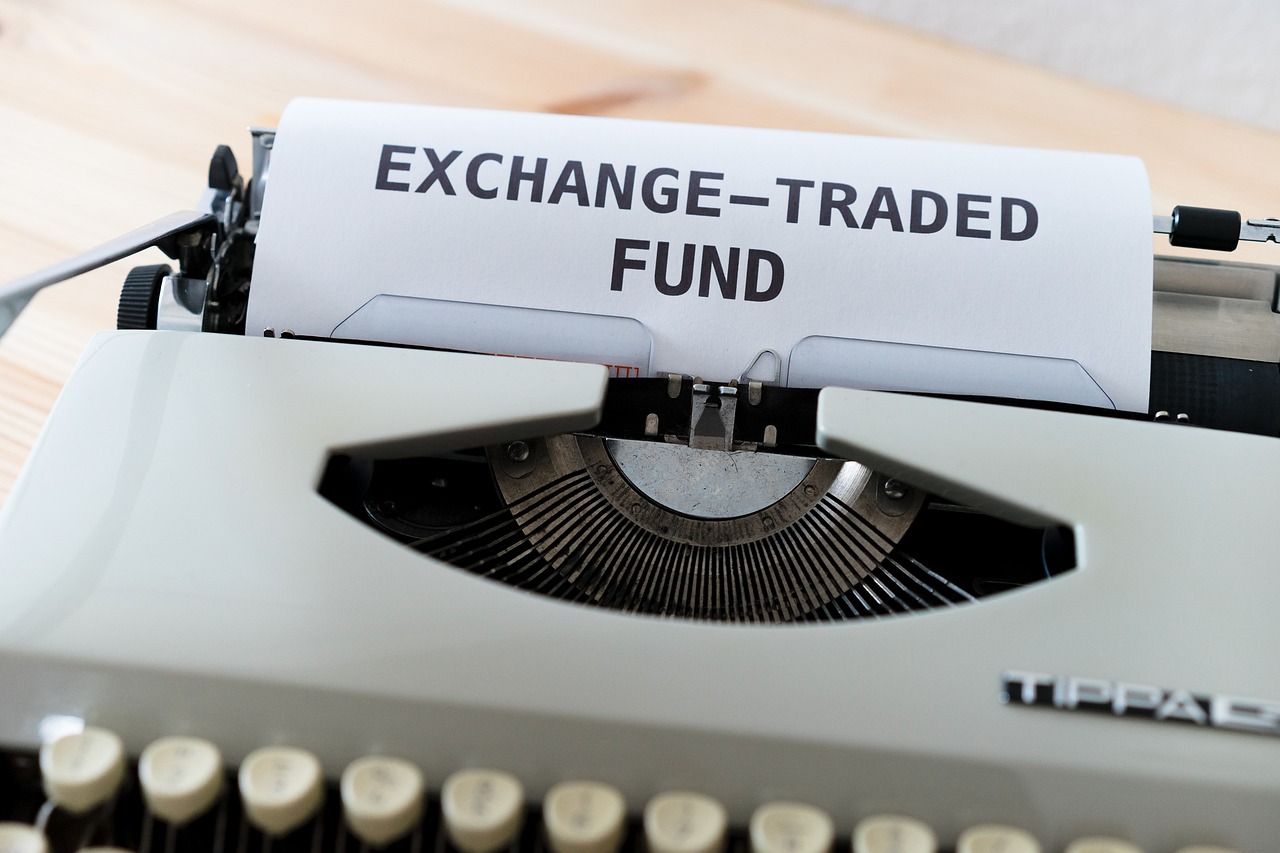

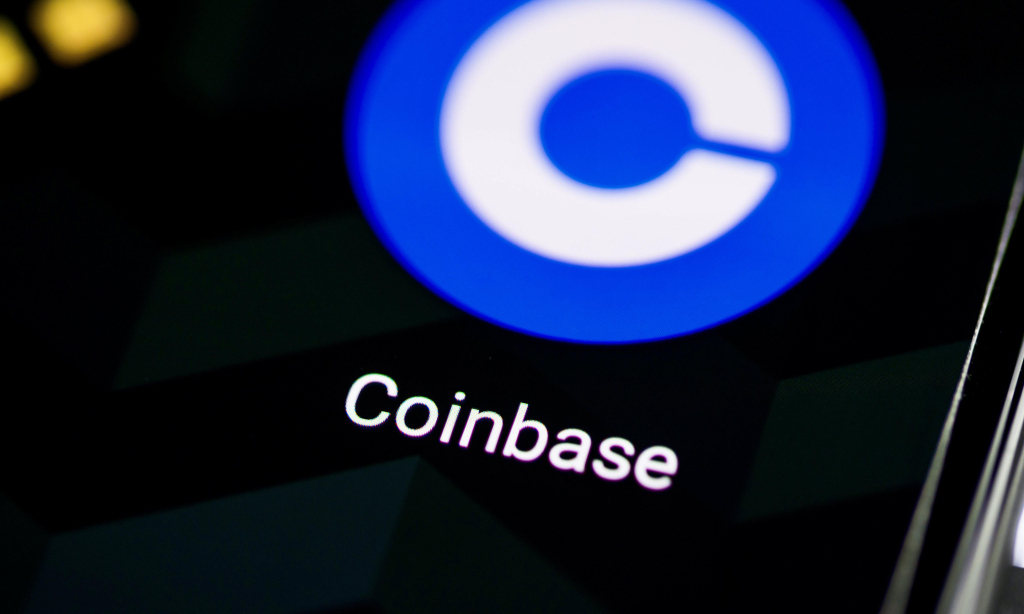

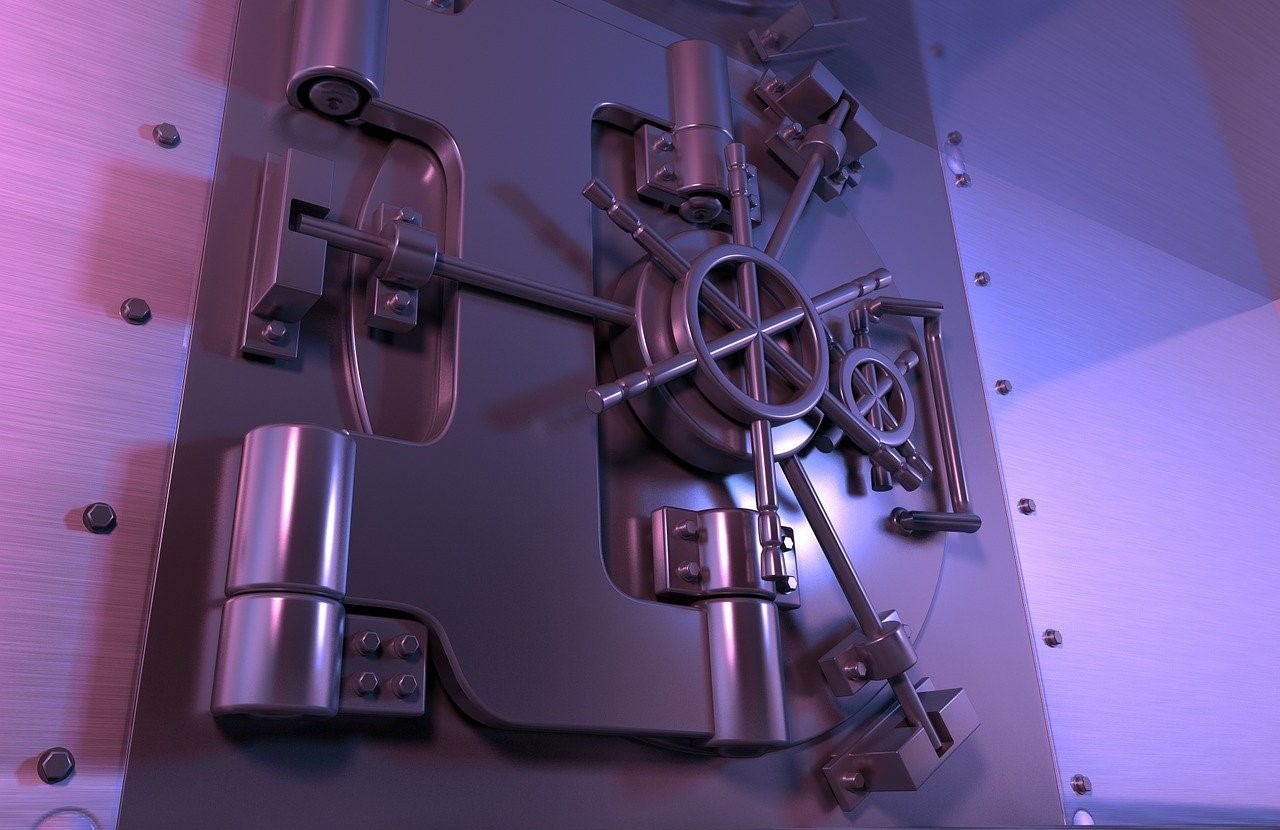









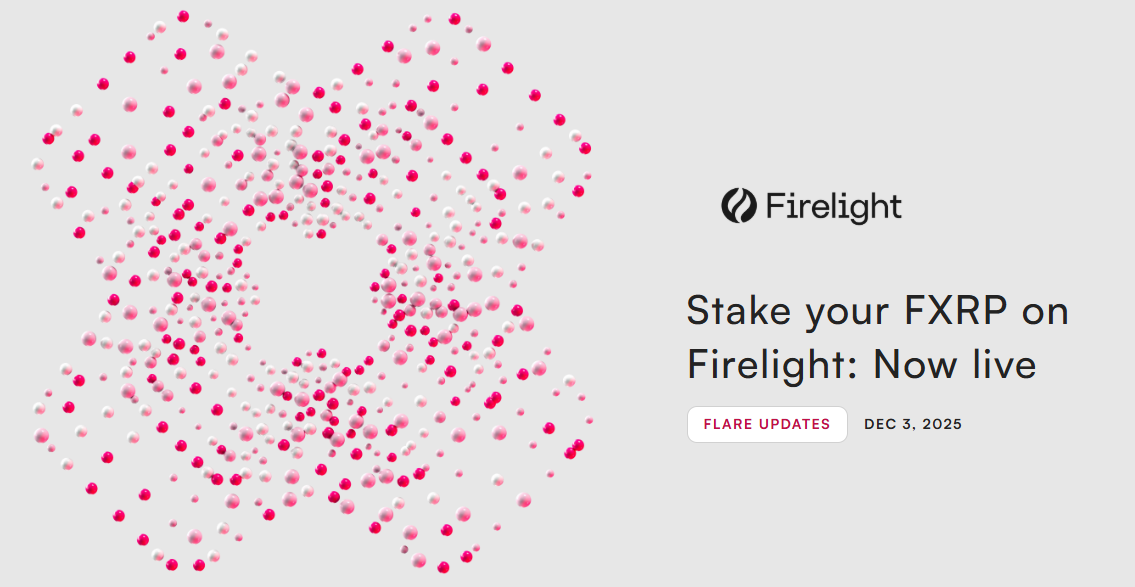

Comment 1